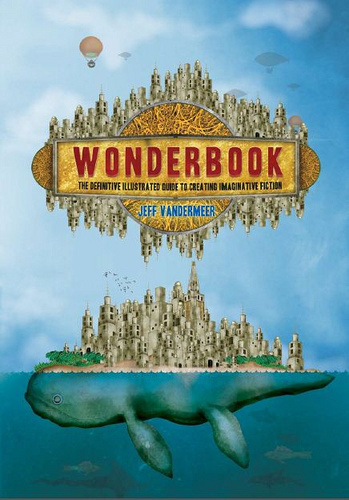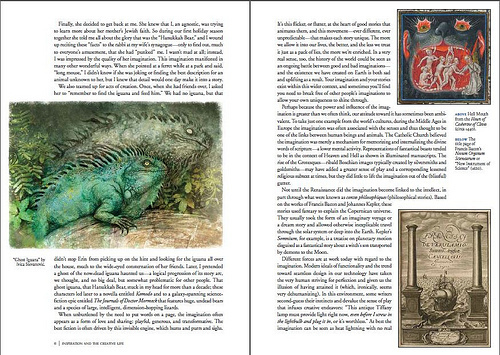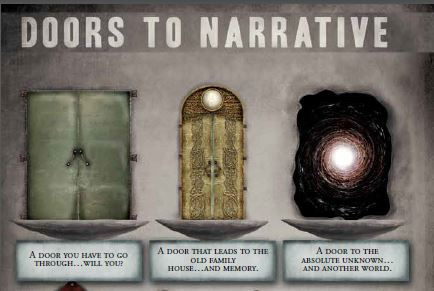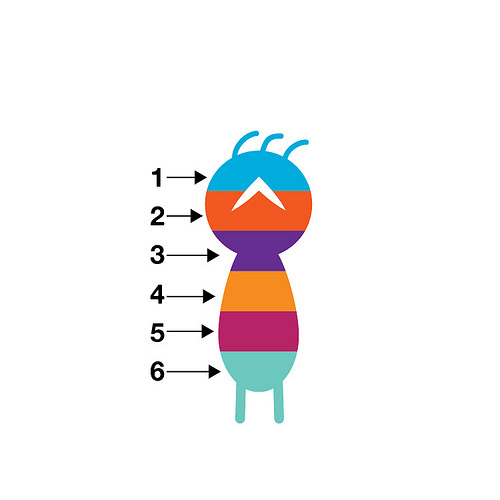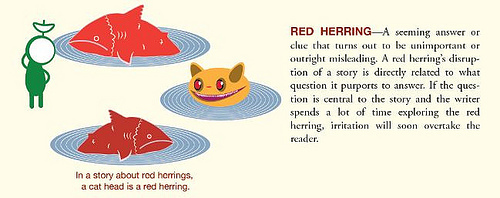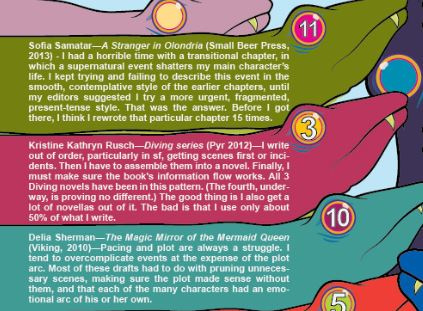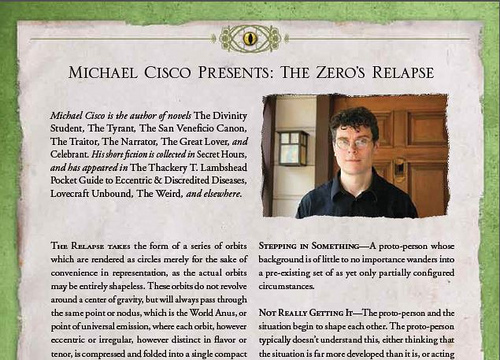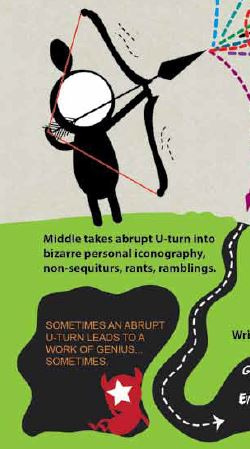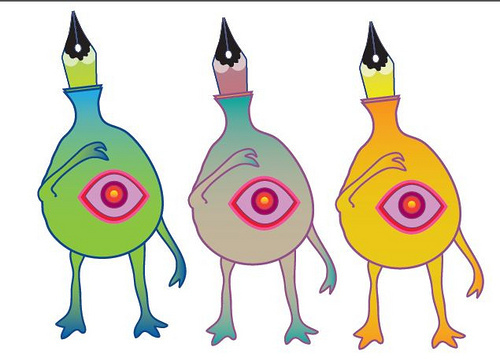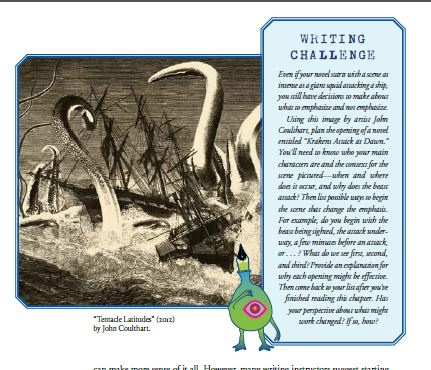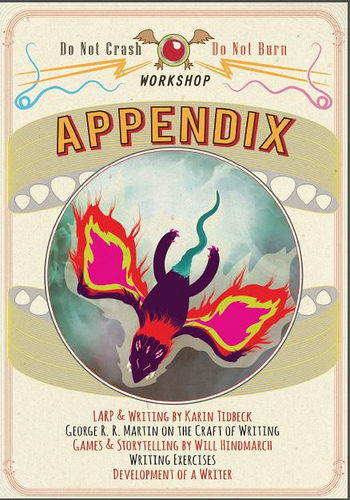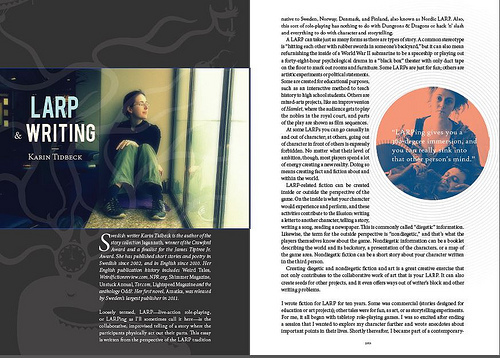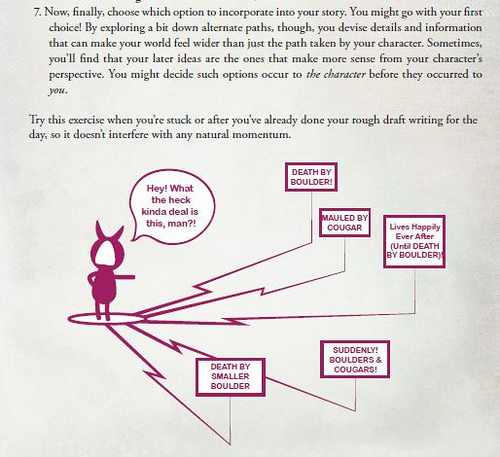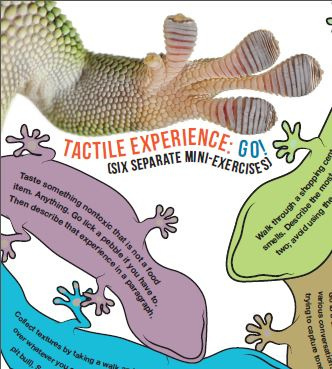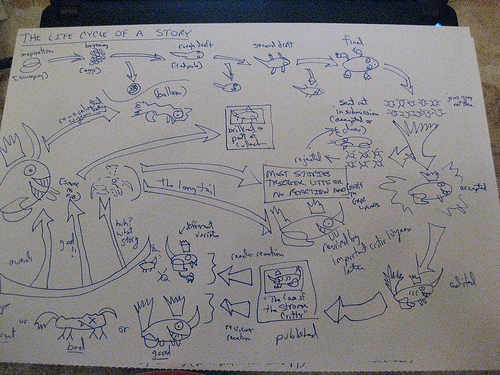Wonderbook: An Illustrated Guide to Creating Imaginative Fiction (out in October)
One reason I’ve been so quiet here on my blog is that I’ve been working nonstop on Wonderbook: An Illustrated Guide to Creating Imaginative Fiction. This is the world’s first fully illustrated, full-color guide to creative writing, with many of the images replacing instructional text. Jeremy Zerfoss did most of the art; his instructional diagrams are based on my rough sketches. The remaining art comes from over 30 artists from all over the world. More than 80 writers contributed to the book through sidebar essays, spotlight features, or just quotes in the main text. (I’ll have a full TOC posted closer to the publication date.) There are over 250 images in Wonderbook.
I cannot thank Abrams Image, my publisher, and David Cashion, my editor, enough. They gave me the budget, time, and support to go off and create the entire 352-page book from scratch–overseeing all aspects of the art and design–and to deliver it to them complete. I cannot think of another time that this has occurred, and it may never again. I feel incredibly lucky.
But as we finish up on the book–we’ve turned in the layouts to the publisher, and are just working on a last few images–I thought I’d share some teasers here from the book so you can begin to get an idea of it. I’m not going to post much from the innovative instructional diagrams, but you can probably still get some sense of the scope. Basically, this book is meant to be of use to any beginning or intermediate writer, but its foundation is in the fantastical. Most general writing books use realism as their foundational stance…
These pages from the table of contents begin to give you some sense of the organization of Wonderbook.
Here’s a typical page layout from the main seven chapters of the book. The design of the book was created by Jeremy Zerfoss and me, but John Coulthart came in and provided structure and his own ideas for chapters 1–7, which helped wonderfully to balance the relative chaos of the appendix section, which is meant to be a kind of riot of the imagination.
This is a snippet from a full-page piece of art by Zerfoss that illustrates the uses of doors in fiction.
Proof-of-concept piece from the section of the book on description.
Detail from a section on “the widening context”, art by Greg Bossert.
Detail from a page on plot devices.
Reuse of great art by J. J. Grandville (1800s) for instruction in the revision chapter.
Detail from the four pages of revision snakes where contemporary writers share their revision experiences. The number in the eye is the number of revisions for the novel being discussed.
Sidebar essays, like this one by Michael Cisco taking the piss out of Campbell’s monomyth, add additional points of view to the book.
Devil’s advocates like the one in the burrow here provide a counter-balance to the instructional points being made.
We spent a lot of time perfecting the look of the pen-creatures that introduce the writing challenges.
An example of a writing challenge. These are short exercises meant to engage you in amongst the main text. There’s a more intense writing exercise section in the appendices.
The appendix section offers up yet another experience for the reader. It’s more free-form and the layout is completely different than for the main chapters of the book. I worked on the appendix layout with Jeremy Zerfoss.
I love this spread from the LARP essay by Karin Tidbeck.
Sometimes Zerfoss added his own touches. Like this little improvised sequence in the appendix using the little aliens that serve as guides in the book.
The writing exercises section is very dynamic visually and should stimulate readers’ creativity. Here’s a snippet from a tactile exercises page in that section.
I’m not sharing the more complex exercises here, but here’s a (rough draft layout) snippet from a page using folktale summaries as a jumping off point. Thanks to Karin Tidbeck for help with this one.
Finally, here’s an example of a rough sketch Jeremy worked from. This sketch may wind up being printed on the inside front cover of the book.
Wonderbook: An Illustrated Guide to Creating Imaginative Fiction (out in October) originally appeared on Ecstatic Days on April 23, 2013.





